Tom Piccirillo started building scale models at age 12 after discovering a copy of the April 1964 issue of Model Railroader magazine at a local corner store. After receiving his degree in mechanical engineering in 1974, he pursued a management career in well-known industries, such as Burroughs Corp. and Ohaus Scale, and holds patents on electronic connectors. His most recent tenure was as president of Micro-Mark where, for 24 years, he developed and marketed innovative tools for builders of scale models.
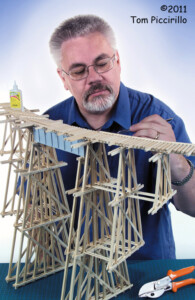 Tom has written many how-to articles for the hobby press, including Model Railroader, Railroad Model Craftsman, Narrow Gauge & Short Line Gazette, Fine Scale Modeler, Dollhouse Miniatures, and Great Model Railroads. In 2009, Tom earned his Master Model Railroader certification and has been awarded the Paul Mallery Trophy for model building excellence. In 2014, he was inducted into the O Scale Hall of Fame. Currently a member of the Hobby Manufacturers Association, Tom has formed HobbyAdvisors LLC (www.hobbyadvisors.com), providing consulting and professional guidance for major producers of tool and hobby products, including editorial and photographic services and marketing analytics.
Tom has written many how-to articles for the hobby press, including Model Railroader, Railroad Model Craftsman, Narrow Gauge & Short Line Gazette, Fine Scale Modeler, Dollhouse Miniatures, and Great Model Railroads. In 2009, Tom earned his Master Model Railroader certification and has been awarded the Paul Mallery Trophy for model building excellence. In 2014, he was inducted into the O Scale Hall of Fame. Currently a member of the Hobby Manufacturers Association, Tom has formed HobbyAdvisors LLC (www.hobbyadvisors.com), providing consulting and professional guidance for major producers of tool and hobby products, including editorial and photographic services and marketing analytics.
He is perhaps best-known for the construction and operation of his O scale Somerset County Traction System, which he has described not only in magazines, but also on public television. Tom is also former president of The New Jersey Live Steamers, where he operated his home-workshop-built 1:12 scale locomotives and cars. He is restoring an antique Mercedes-Benz automobile and is an accomplished jazz rhythm guitarist.
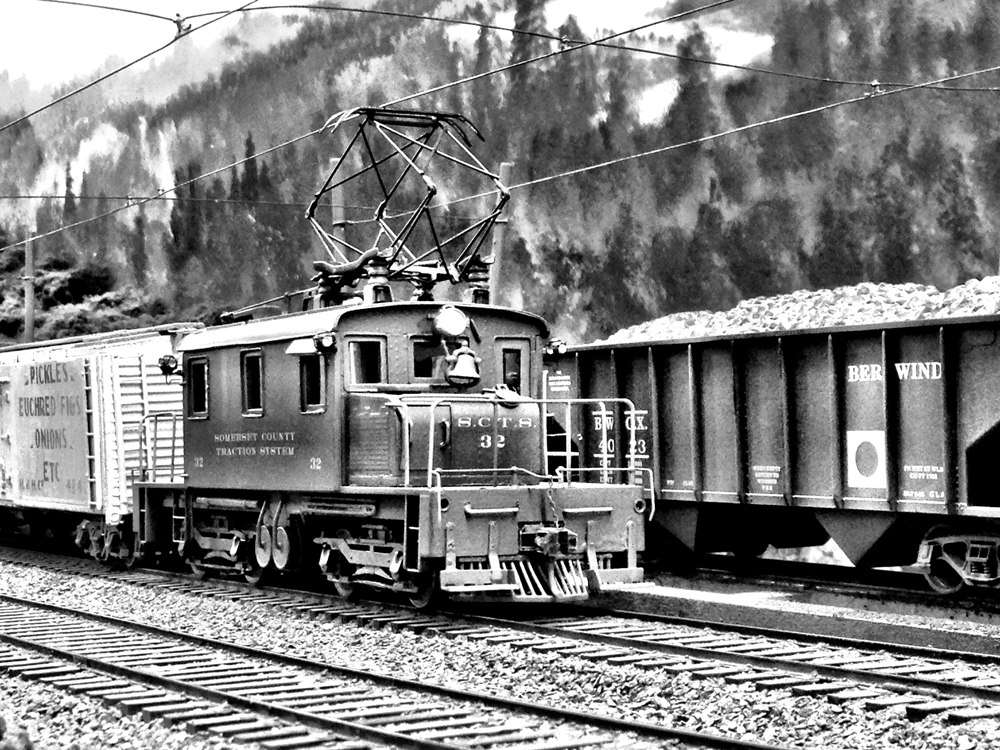
What was your first train set (or locomotive)?
In 1955, my parents gave me a Lionel steam freight set for use under the Christmas tree. After discovering scale model railroading in 1964, I sold this set and purchased a Mantua HO freight train set from a local department store. This equipment was later expanded into a layout resembling Kalmbach’s HO Railroad That Grows [out of print – Ed.]. Subsequently, in 1975, I sold all my HO scale models when I changed to O scale traction model building and became involved in the Central Jersey Model Railroad Association in Westfield, NJ.
Describe your model railroading philosophy in 6 words.
“Complete one project before starting another.” If you don’t do this, you’ll wind up with a collection of unfinished models and nothing to really show for your efforts.
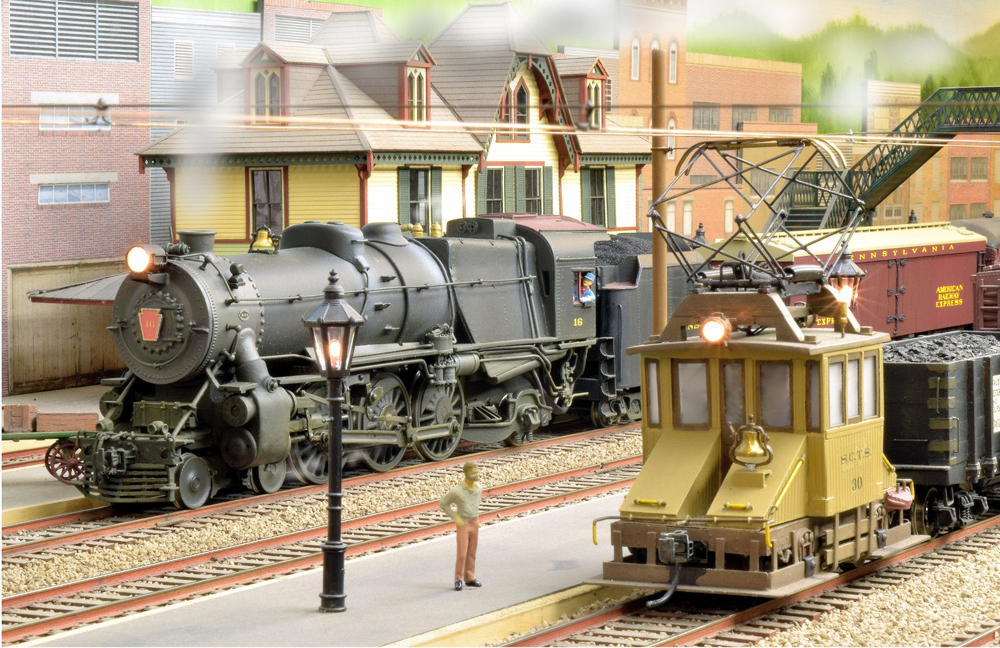
What has been your biggest modeling success?
Constructing the Somerset County Traction System, as described in Great Model Railroads 2009, which ultimately led to earning my Master Model Railroader certificate.
What was your biggest modeling mistake?
For a previous model railroad, I suspended a cloth drape around the perimeter of the layout to hide all the stuff that was stored underneath. This looks nice, but encourages the propagation of mold, which is unhealthy and smelly. For my latest layout, I store stuff in plastic bins and omitted the cloth drape. Box fans and a large dehumidifier keep the railroad room dry and mold free. The elimination of corrugated cardboard containers avoids the smell common to damp basements.
As we initiated model railroad operations, I followed the advice of some experts in the hobby and located the dispatcher in a remote corner of the railroad room; however, no one wanted the job. I found out that, while this kind of isolation is realistic, it was undesirable to my crew members, who want to watch the goings-on and enjoy friendly chatter during op sessions.
I also later added a bathroom to the basement, which made things a lot more convenient not only to me, but also to my crew members.
What’s your least favorite modeling task?
Cleaning track. To avoid this work, which is especially tedious under operating overhead wire, I make all my powered equipment very heavy and install electrical pick-up wipers on the trucks. This, plus the addition of stay-alive circuitry has eliminated practically all stalling.
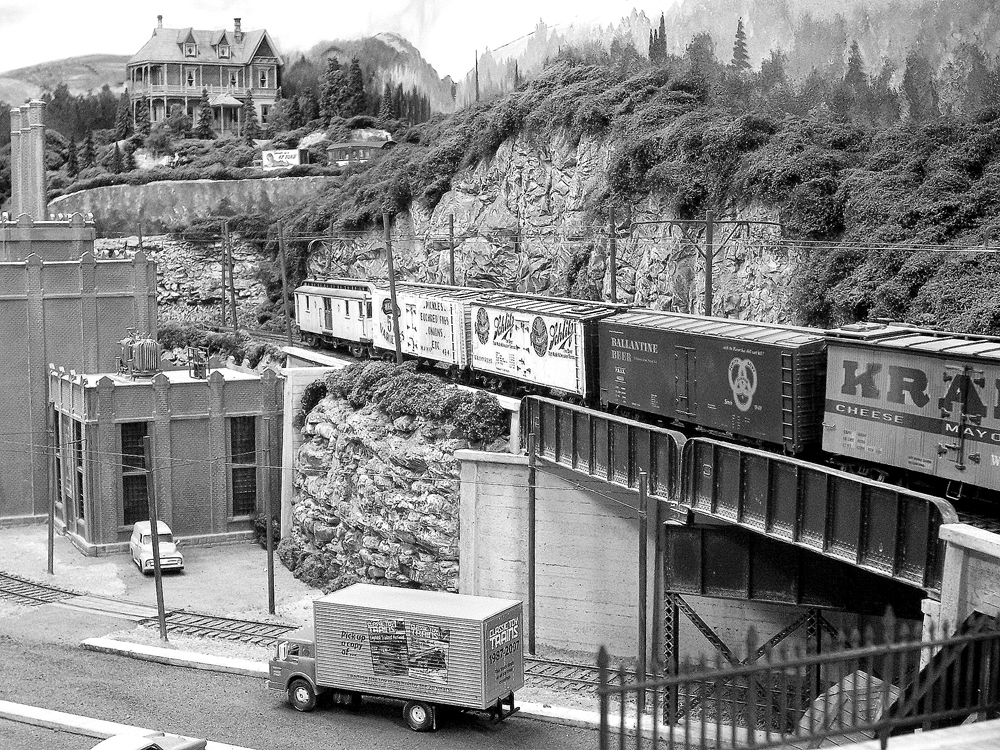
What project(s) have you been working on recently?
I particularly enjoy rebuilding junker equipment purchased at model railroad flea markets. Over the years, I procured several exquisite brass models that needed TLC, and I usually scratchbuild the mechanisms for them, including transmissions for steam, diesel, and electric locomotives plus traction models. I also added night-time lighting effects to the railroad room and consequently need to add lights to the structures and rail yards.
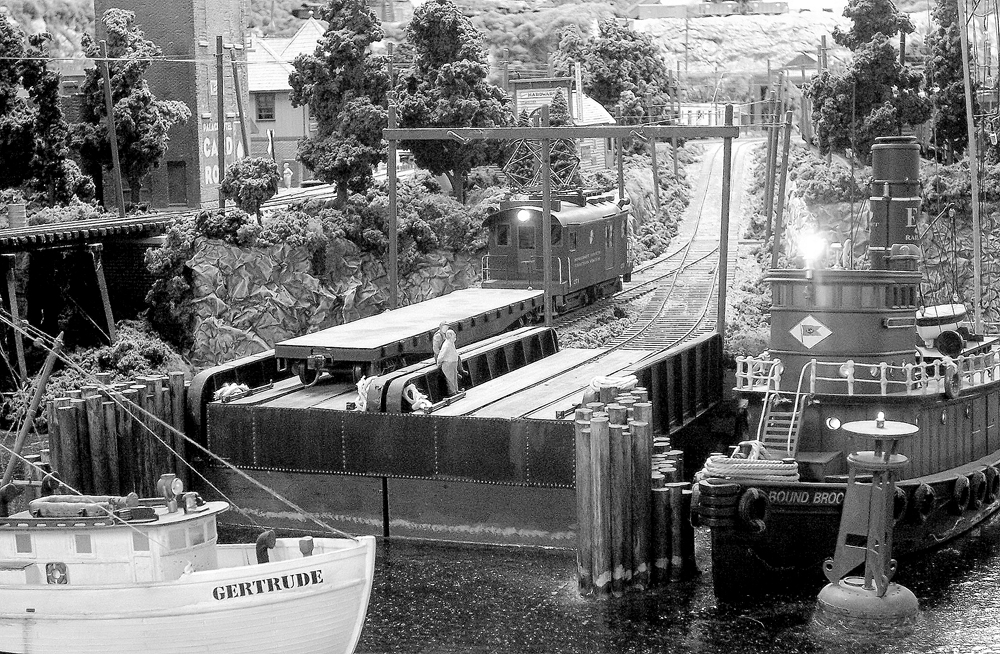
What advice would you give to a new hobbyist?
Avoid the inclination to build too big a railroad in the space that’s been allocated for your layout. Ultimately, you will realize that a model of the Union Pacific mainline cannot be captured effectively in a spare bedroom and you will become dissatisfied with your creation; however, if you model a short line railroad in the basement of your house, you will have something to operate realistically, enjoy the comradery of your friends, and be proud of your “work.”
Want to see Tom’s O scale model railroad in action?
Enjoy these two videos, found exclusively on Trains.com Video:
> Tom Piccirillo’s O scale Somerset County Traction System
> Ride along Tom Piccirillo’s O scale Somerset County Traction System






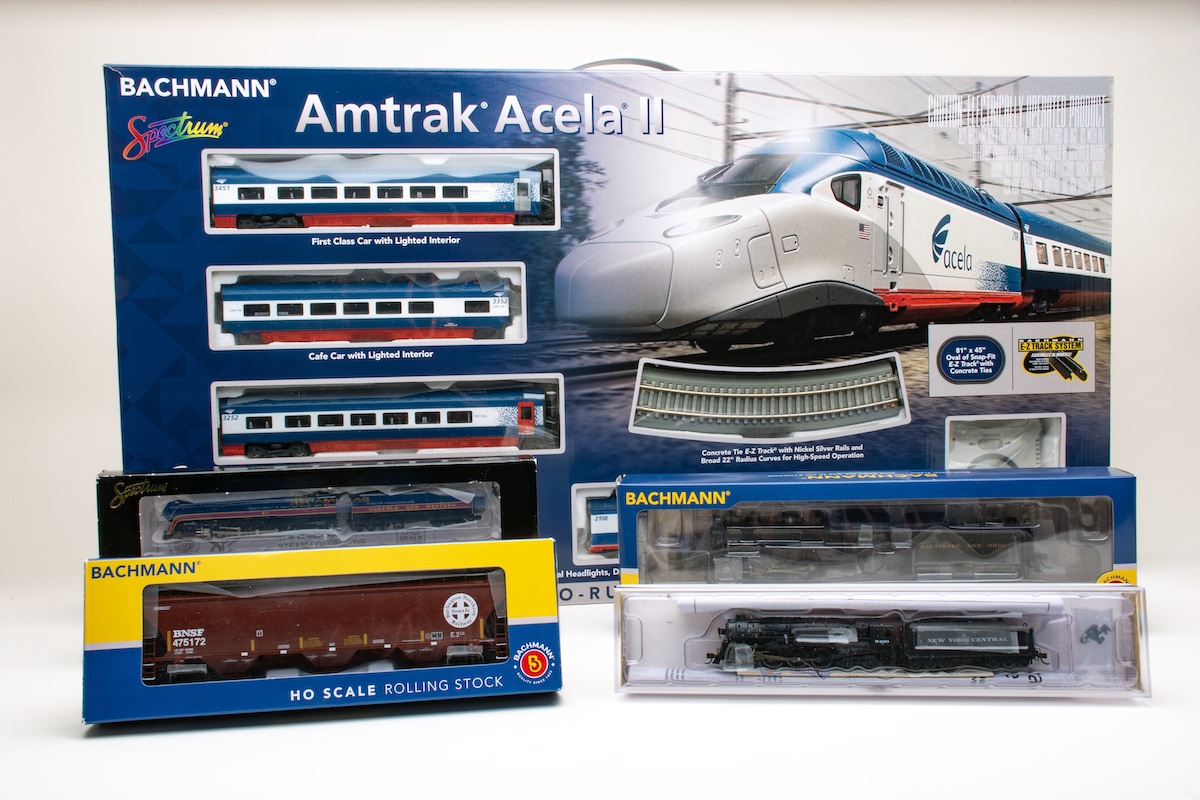
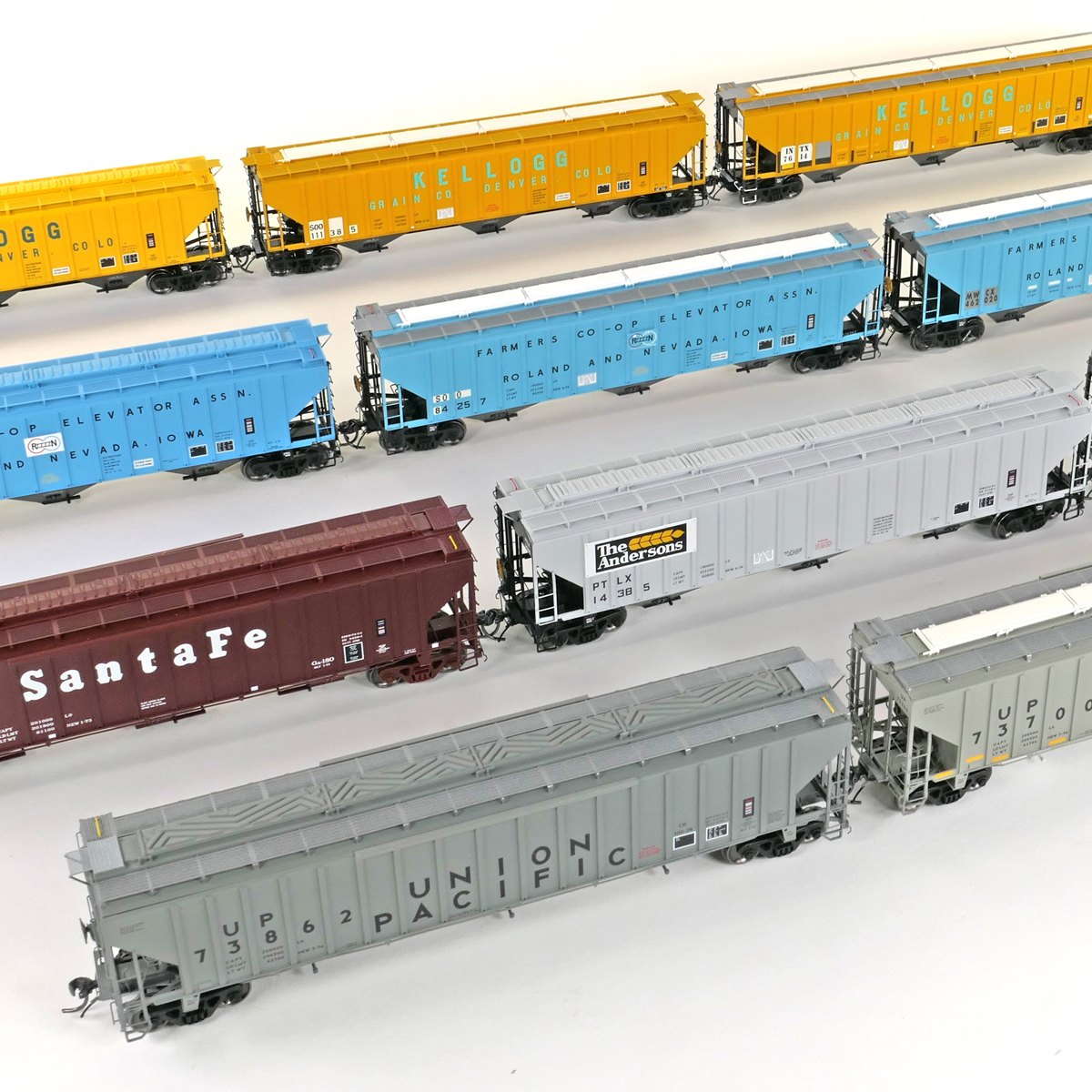
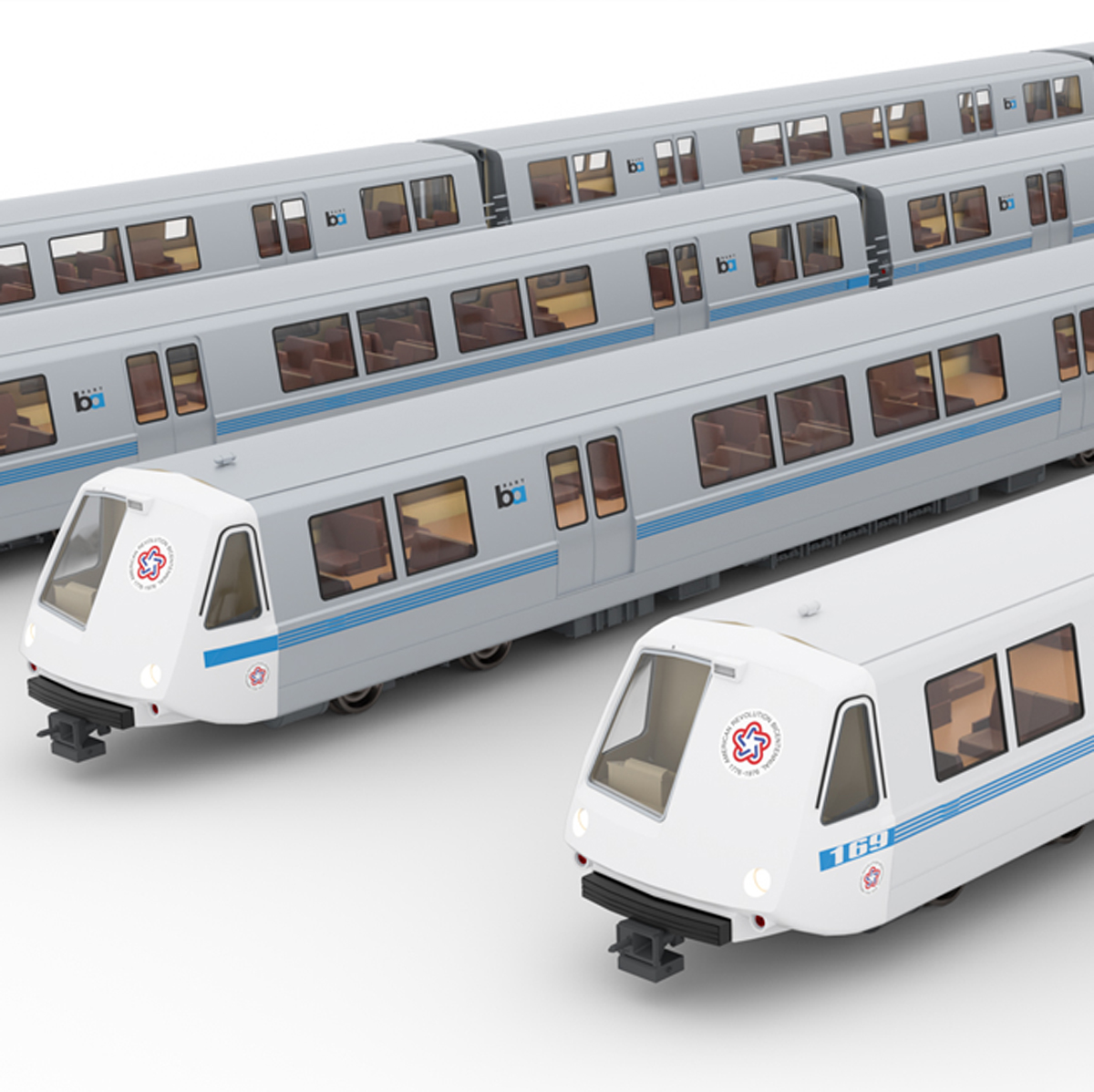
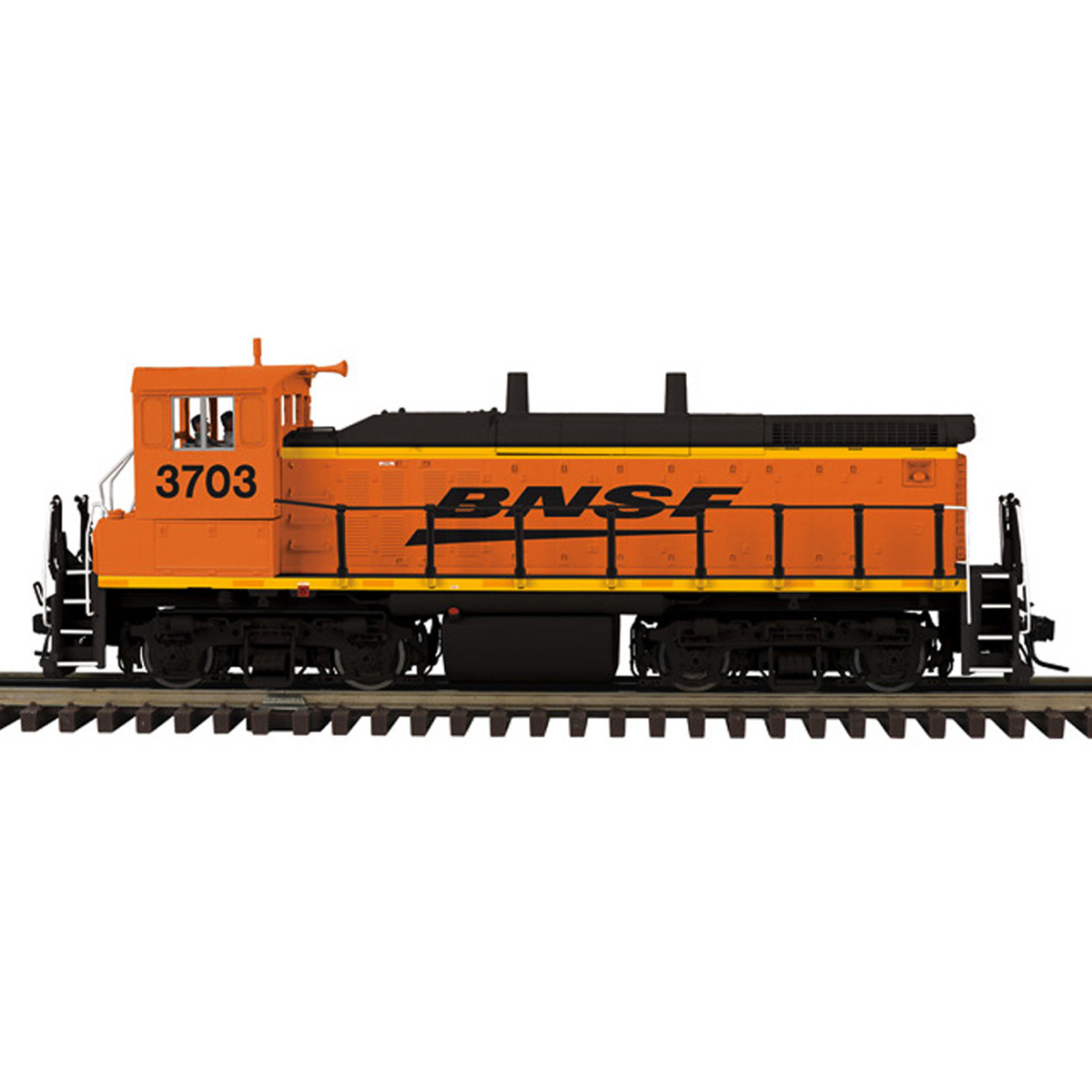




Sage advice.